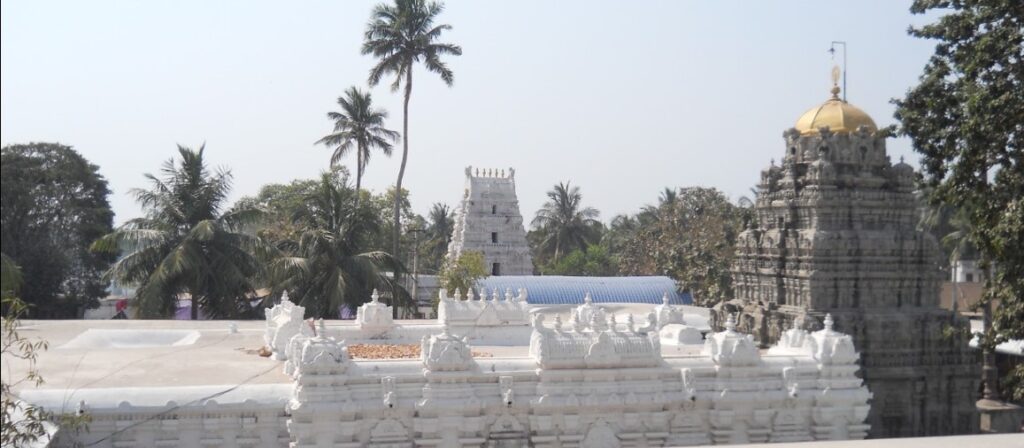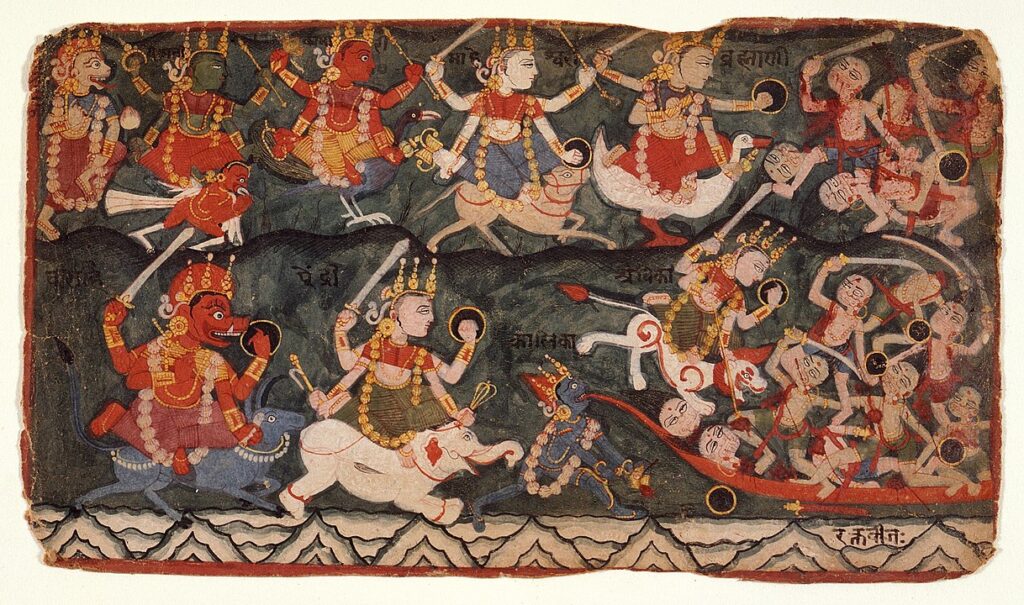Sri Kurmanatha Swamy Temple – Lord Vishnu in Kurma Incarnation The second incarnation of Lord Vishnu was Kurma avatar. The Lord had taken this incarnation to help the Gods and demons churn the milk ocean to get Amrutam (the elixir of immortality). The demons were dominating the devatas on the battlefield because their Guru Sukracharya Read More
Tag: Lord Vishnu
The Divine Vahanas of gods and goddesses
– Smt. T.S. Rajalakshmi Divine Vahanas Vahana in Sanskrit means “that which carries,” a vehicle for Gods and Goddesses. All Gods and Goddesses have their vehicles (Divine Vahanas or Vahanams). The vehicle may be a bird or an animal. Yet, they too are considered with high respect and offered prayers. They become vehicles to serve Read More


